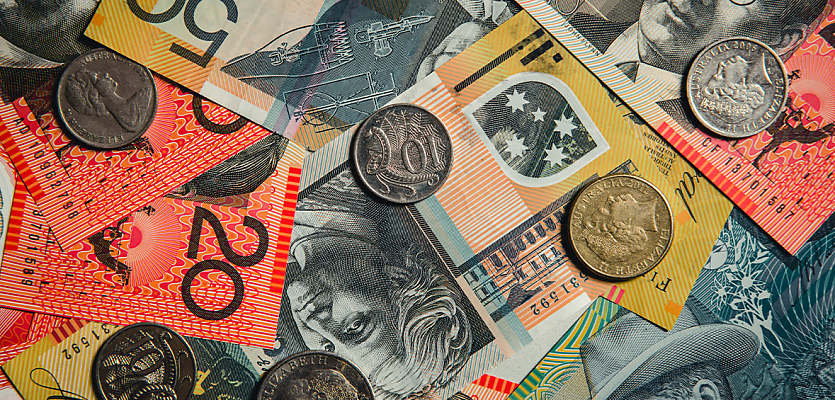Australia's biggest bank has predicted that the RBA has reached the end of the current rate-easing cycle.
Several banks, including the Commonwealth Bank of Australia (CBA) and Westpac, have revised their cash rate forecasts after quarterly inflation rose higher than expected.
After the inflation data was released on Wednesday, 29 October, CBA updated its rate outlook, suggesting it was the end of the rate-easing cycle.
CBA economists were previously predicting February 2026 as the next and final rate cut of this cycle.
The majority still expects the Reserve Bank of Australia (RBA) Monetary Policy Board to leave the cash rate on hold at 3.60 per cent next week in a unanimous decision, but said the “material upside surprise” to underlying inflation meant it now expects the RBA to hold rates for a “prolonged period”.
CBA head of Australian economics Belinda Allen said she now expects the RBA to keep rates on hold, given the material upside surprise to quarterly inflation and the broad-based nature of pricing pressures.
“Previously, we expected one last rate cut in February 2026 to bring the cash rate back closer to neutral,” she said.
“Higher inflation and the cyclical upswing in demand now underway, driven largely by consumption and housing, will see the RBA conclude that the economy needs the cash rate to remain in slightly restrictive territory.”
Westpac, previously the only major to not rule out a November rate cut, has also updated its cash rate outlook.
The bank's chief economist, Luci Ellis, on Wednesday said the RBA will keep the cash rate on hold at its November meeting next week.
“Inflation data implies a ‘material miss’ to the upside on inflation… The upside surprise and emerging consumer recovery also count against a December move."
“Even a February cut is far from certain now, given the size of the upside surprise this quarter,” she said.
The moves by both banks to change forecasts came after trimmed mean annual inflation accelerated to 3.0 per cent for the September quarter, up from 2.7 per cent in the June quarter.
The change marks the first time trimmed mean annual inflation has increased since December 2022.
Earlier this week, the RBA governor characterised a trimmed mean reading of 0.9 per cent on the quarter as “a material miss”. The actual September quarter trimmed mean figure, released on Wednesday, rose 1.0 per cent.
In response to the inflation read, Bendigo Bank also revised its forecasts, now predicting one more RBA rate cut in February 2026.
Bendigo Bank chief economist David Robertson said the unexpected jump in core inflation “makes it very difficult for the RBA to cut rates any further this year – despite the recent uptick in unemployment”.
He added: “A cup day cut is now at best around a 1 in 12 chance, having been an odds-on favourite a few days ago.”
NAB and ANZ reiterate rate calls
Australia and New Zealand Banking Group (ANZ) senior economist Adelaide Timbrell said the trimmed mean reading “solidifies” a hold next week.
“The result is likely much higher than the RBA’s forecast for Q3 trimmed mean inflation,” she said.
“This is likely to lead to caution from the RBA on future easing until evidence of disinflation emerges.”
ANZ expects the RBA to hold the cash rate until at least February 2026.
National Australia Bank (NAB) senior markets economist Taylor Nugent said the lender “continues to expect an extended pause from the RBA, pencilling in a May cut”.
GDP and employment data ahead of the December meeting would have to be “particularly weak to put a cut back in play this year“, he added.
NAB chief economist Sally Auld noted that markets were “coming around to“ the idea of a rate cut in May.
“If unemployment rises, maybe we won't even see it happening then,“ she added.
This article was originally featured on Real Estate Business sister brand Broker Daily.







You are not authorised to post comments.
Comments will undergo moderation before they get published.